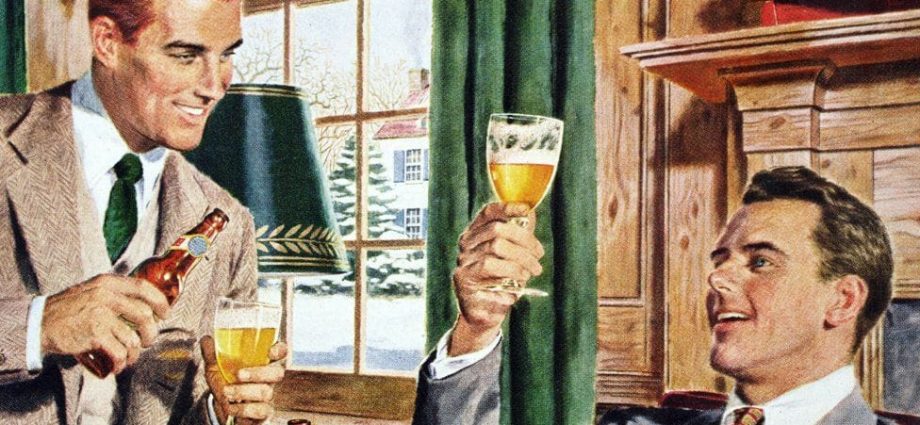( Recalling the history of brewing on the hills as we wait out the lock-down with the uncertainty of getting our daily sip !!!)
When the British opened up the Nilgiris in 1820 what struck them as most unusual was that the native people, though semi-naked in the biting cold, never suffered from influenza and never knew of any intoxicant. ‘Liquors of an intoxicating quality are never distilled on the hills nor drunk by any of the castes’ noted Caption Macpherson who made the early roads to the hills.
When the British residents started producing beer from 1826 in a small way, the local Badagas took an immediate fancy for it. However, generally locally made liquors were unknown to them till 1834. Only after breweries were established in Ooty, Kotagiri and Coonoor after 1850 that beer was freely available to them. Hard liquor which was available in departmental stores in the towns was also consumed by some. By 1847 Ootacamund was the capital of ‘widespread and continuous drunkenness amongst low class natives’.
Lt.Co. John Ouchterlony, who first suggested the Wellington Barracks, recommended also brewing on the hills ‘ to keep the ordinary soldiers away from spirits’. “ Independent of the importance, both in a moral and economic point of view, of supplying to the troops a liquor which, from its goodness and cheapness, will induce the majority to prefer it to ardent spirits”, he reasoned.
The Nilgiri Brewery Company (present YWCA Anandagiri, Ooty) was the oldest in South India which later passed into the hands of ‘Tonga’ Browne. It was followed by The Castle Brewery, Aravankadu ; Nilgiri Brewery, Ooty ; -Rose and Crown at Yellanhally and the British Brewery at Ooty. Samuel Honeywell was the pioneer professional beer-brewer in 1857 at his Castle Brewery. But when he started producing ‘stronger’ stuff, the government ruled in 1872 that no beer could contain over 8% alcohol. Later these and other breweries were bought to form the United Breweries.
Opium intake and drinking habit among Nilgiri natives increased significantly in the second half of the last century when the mountain society came under basic changes. One, British legislations on land use brought serious restrictions on grazing and farming which were the traditional occupations of the natives. The native population was also growing rapidly during this period. There was also a heavy inflow of migrant labour to work in plantations and public works. Secondly, unlike in the past the natives were subject to a series of natural calamities like famine, drought, epidemics (small pox, cholera, typhoid and plague) and even earthquakes.
Drinking became such a problem around 1900 that in 1905 some Badagas near Kotagiri decided that their whole community was being ruined by drinking and pledged themselves to their goddess Hette to give it up and to excommunicate everyone who refuse to give up the habit.
To control the problem the British government introduced partial prohibition in 1924. Sale of any kind of liquors to hill tribes was prohibited except on medical certificate. However, as a government report in 1928-29 showed, prohibition only encouraged the consumption of other intoxicants like denatured spirits. The report said hill tribes – at a rather higher cost- were able to get liquor through middlemen from the towns and adjoining districts. 127 cases were booked in that year. Demand increased for denatured spirit diluted with water and added with lime juice and sugar. The report concluded that it was doubtful if the hill tribes had benefitted from prohibitions.
–
Finally, total prohibition was imposed on October 1, 1937 when the first Congress government assumed office under Rajaji in the Madras Presidency. It lasted till 1971.
Nilgiri Documentation Centre

